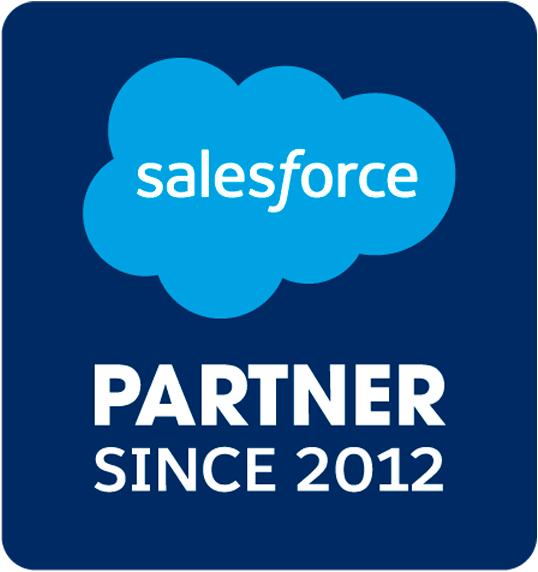The journey from “startup” to “stability” is one defined by process. When you’re just getting started, the goal is simply to prove your company’s product or service can be viable in the market. Past that point, it’s imperative you build a consistent and efficient operating structure. “No Market Need” is the number one reason startups fail, but right after that? It’s running out of cash. You need great processes to make sure that doesn’t happen.
How are you supposed to know if the processes you put in place are actually great, though? Without a way to measure their effectiveness, your team could struggle to course correct and keep the business moving in the right direction.
The solution is to choose a few KPIs per function that you’ll follow at the executive level — ones that directly reflect the success of each team. For B2B sales, that might mean tracking win rate and average deal size, while B2C service teams could try measuring customer satisfaction and the average time it takes to close a ticket. Chosen metrics should offer insight into how much — and how consistently — each team is contributing to the overall health of the business.
Once you decide what KPIs your teams will track, the next step is to determine how they’ll do so. Individual spreadsheets are certainly a tried-and-true method, but they have some major drawbacks — namely that they’re siloed, require manual data entry (increasing the chances of inaccuracies) and offer limited reporting capabilities. On the other hand, tracking key metrics in Salesforce offers a number of distinct advantages — including some unexpected ones. Read on for three reasons your growing organization should align around an operating-metrics dashboard.
#1: You’ll have a single source of truth for data.
When you’re trying to measure team performance, it’s absolutely essential that you and your leadership team all have access to the same data. What happens if your sales lead shows up to a meeting with some numbers that don’t quite match the ones you’ve got? At the very least, you’re going to have to burn some valuable time getting to the bottom of the disparity.
This is the problem with siloed, manually entered data: It’s vulnerable to human error. Storing the same information in Salesforce, however, essentially automates its accuracy. Each deal starts its life as a lead or opportunity and never needs to be re-added — sales reps simply convert their records until they reach the finish line (closed/won). At that point, the data is already exactly where it needs to be.
That means viewing the company’s average deal size is as simple as adding a dashboard component that pulls data from all closed/won opportunities. Then, when your executive team gathers to review KPIs, you’re all looking at the same information (and you can feel confident that it’s correct).
{{cta('55135823-ced5-4a9d-9eaa-af1ef4962612')}}
#2: Every function will have visibility into what other teams are working on (and the problems they’re facing).
When it comes to data, accuracy is important, but so is visibility. By tracking major KPIs in a Salesforce dashboard, your full leadership team will have easy access to their counterparts’ metrics — which will make it much easier to collaborate and assist. To use another sales example, let’s say a few reps are struggling to catch the usual big fish in a given quarter, resulting in a smaller average deal size. Your company’s marketing leader will be able to see that data on the dashboard and brainstorm ways their team can contribute to a solution (new collateral? a direct mail campaign?). Had that sales data been unavailable in real time, there would have been no easy way to just jump in and help.
#3: Leaders will better understand how other teams function and contribute.
Of course, cross-team visibility into company KPIs isn’t only about problem-solving — it’s also about better understanding how other parts of the company operate and measure their own success. Yes, individuals in leadership positions likely have a good grasp of how other functional teams operate — but that doesn’t mean there isn’t more to learn.
Here’s an example: Your finance leader tracks A/R days as a metric. The head of your people/culture team knows this refers to the average number of days an invoice is outstanding before the company collects payment. But do they understand the effect this number has on the organization’s cash holdings? Do they understand what actions can be taken to influence it? Possibly not. By participating in frequent KPI reviews, they’ll gain next-level insight into a key company process — and a better educated leadership team can only make the business stronger.
If you want to really drive home this education aspect, we recommend choosing a different person to review all KPIs in each executive/leadership meeting. As we’ve learned, you need to really understand the numbers to be able to speak intelligently about them. After all, being able to explain something to somebody else is the best proof that you actually know it.
A note on execution rhythms.
It’s worth mentioning that simply having a KPI dashboard in Salesforce isn’t going to solve all your problems and automatically safeguard your core processes against failure. Dashboards are powerful tools, but how you use them is ultimately just as important (if not more so). To that end, we recommend being highly intentional about your execution rhythms. Will you have daily stand-ups? Will you meet weekly, monthly, quarterly? Will syncs only ever include team leads, or will others be involved on occasion? Think through what would be best for the company, and be willing to experiment and tinker. It may take a while to find the right balance.
If you’re looking for advice on any of this — how to build out a dashboard, develop an execution strategy, anything — let us know. We’d be happy to help!



